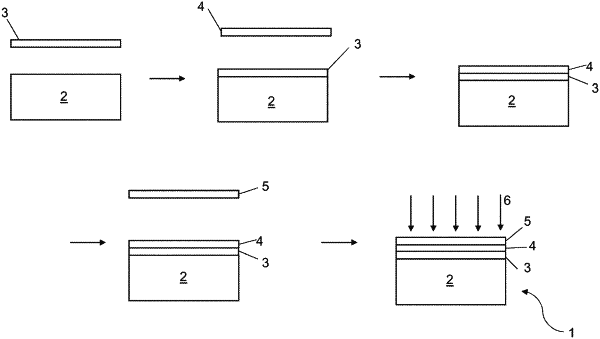| CPC G03G 8/00 (2013.01) [C09D 11/101 (2013.01); C09D 11/107 (2013.01); G03G 5/14 (2013.01); G03G 5/147 (2013.01); G03G 9/13 (2013.01)] | 15 Claims |

|
1. A method of forming a flexible printed material, comprising:
applying a layer of primer onto a flexible substrate;
electrostatically printing onto the layer of primer a liquid electrostatic ink composition;
applying a curable overprint varnish composition onto the printed electrostatic ink composition, wherein the curable overprint varnish composition comprises an ethylenically unsaturated monomer, an ethylenically unsaturated oligomer, or mixtures thereof, and 10 wt. % or less of a cross-linking additive based on the total weight of the curable overprint varnish composition; and
curing the overprint varnish composition using electron beam irradiation.
|